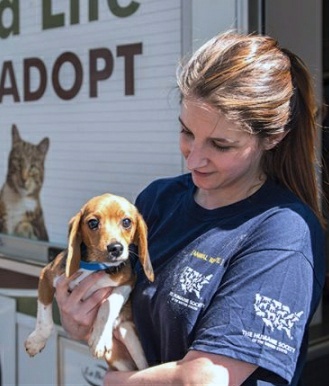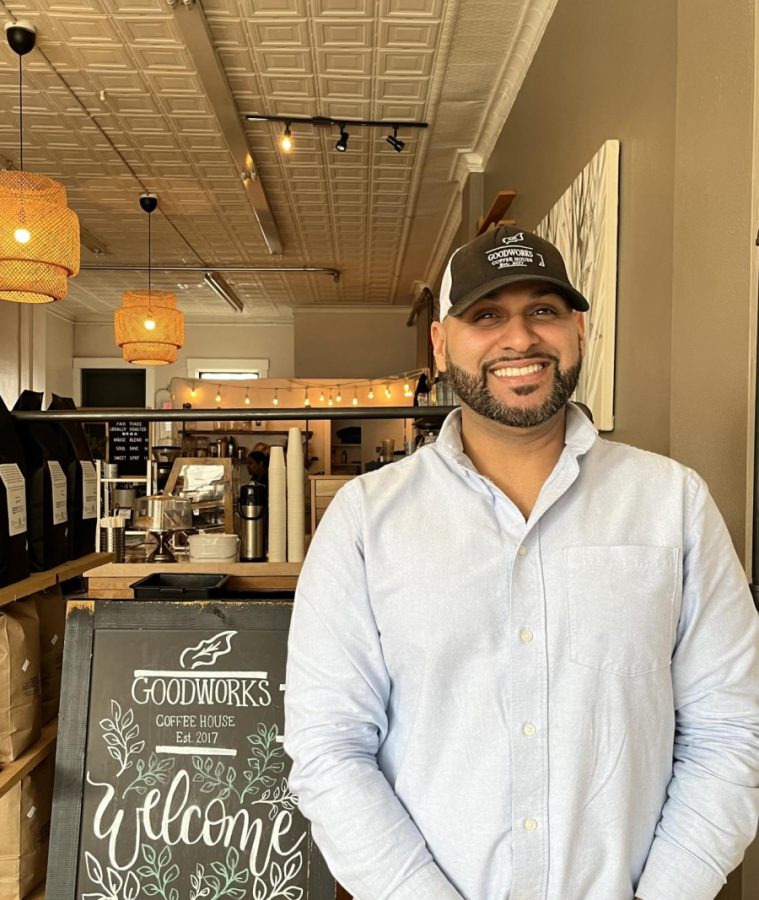Social Anxiety at SHA: How We Can Help Our Community
March 29, 2022

Bright halls, filled with students laughing and talking. Groups of three or four students huddled together, talking about school and interests. Students are happy to talk to one another, and new people. This is SHA. Or is it?
In our society at SHA, 61 percent of students face a type of social anxiety or social nervousness, according to a Griffiner poll of students held on March 9. Social anxiety can affect the development of children and teens, since their brain has not fully developed. It can affect their future, especially when choosing careers that involve being around a lot of people.
Home environment, as well as school, can affect and cause social anxiety in children and teenagers. Homelife can determine how young children develop, and stress can cause teenagers to isolate themselves. Many students at SHA have determined that school and being stressed causes them to have social nervousness and anxiety. Social anxiety because of covid, however, is less common in our school, the Griffiner poll found.
According to research done by the National Institute of Mental Health, one of the most common forms of anxiety is social anxiety disorder. Other studies show that the environment children grow up in can affect their social skills and interactions. Children typically learn things from the “models” in their lives, meaning parents or guardians. If a parent shows signs of insecurity or disturbance during social interactions, a young child may mock them, affecting the development of social skills at crucial ages. Dr. Jenise Katalina, a therapist at Adolescent Health Project, explains the difference between social anxiety and social nervousness. “Social anxiety keeps us from being able to participate in social situations. A little nervousness is natural and can lead to growth. Social anxiety can be debilitating and our body can manifest the anxiety in many ways, such as heart palpitations, difficulty breathing, nausea, and stomach aches”
Social anxiety makes it difficult for people to form connections and interact with others, especially in crowds of people. “It makes it very difficult to make/maintain friends, but also the anxiety portion makes it difficult to be open or try to find common ground with strangers,” says an SHA student who wishes to remain anonymous. “It isn’t that I don’t want to make friends but more of, due to my anxiety, I can’t.”
If students were able to have support groups or the understanding of teachers, social anxiety rates would be lower, permitting students to be included in more group activities while feeling comfortable.
“Social anxiety can hinder a teen’s social and emotional development. Those experiencing social anxiety tend to be more withdrawn and avoid opportunities to socialize with peers. This lack of socialization can lead to a lack of empathy and understanding toward others which can make it more difficult to maintain relationships,” says Dr. Katalina. “For the internal individual, they may have a harder time being self-aware of their own emotions and how to manage those emotions. This can also contribute toward a lack of responsible and ethical decision-making.”
Students need to feel comfortable in their own environments. Although we can’t cure students of social anxiety, there are steps SHA could take to help students feel more relaxed in social situations. Some students wrote suggestions in the poll about what we, as a community, could do to help them feel comfortable socially. Rather than putting students on the spot in class, teachers could give them time and pull them aside if they notice discomfort. Letting students choose who they’d like to work with or if they want to work alone could lower discomfort in social situations. It’s important to give students room to explore their comfort areas, but not push them over the edge.
People may dismiss the topic of social anxiety and social anxiety symptoms because a lot of people self-diagnose and the topic seems like a “trend.” However, it’s important we see the signs and reach out to that person before it’s too late. Social anxiety can have everlasting effects on not only mental health, but physical health as well.
A family member of mine suffers greatly from social anxiety disorder. They aren’t able to leave the house and have to work at home. Because of this, they are isolated around very few people and have fallen into a depressive state. “Social anxiety causes me to be afraid of social interactions and unable to fully be able to go places due to anxiety attacks,” they said. Because their social anxiety was left alone for a period of time, it has developed into something much worse, where even being around a person causes panic attacks. Social anxiety affects all around us, including our families.
We need to reach out to those that begin showing signs of social anxiety, but at a distance. We shouldn’t force others that feel uncomfortable in social situations to participate, but encourage them and give them time. Time and support are what we need to provide them with.



